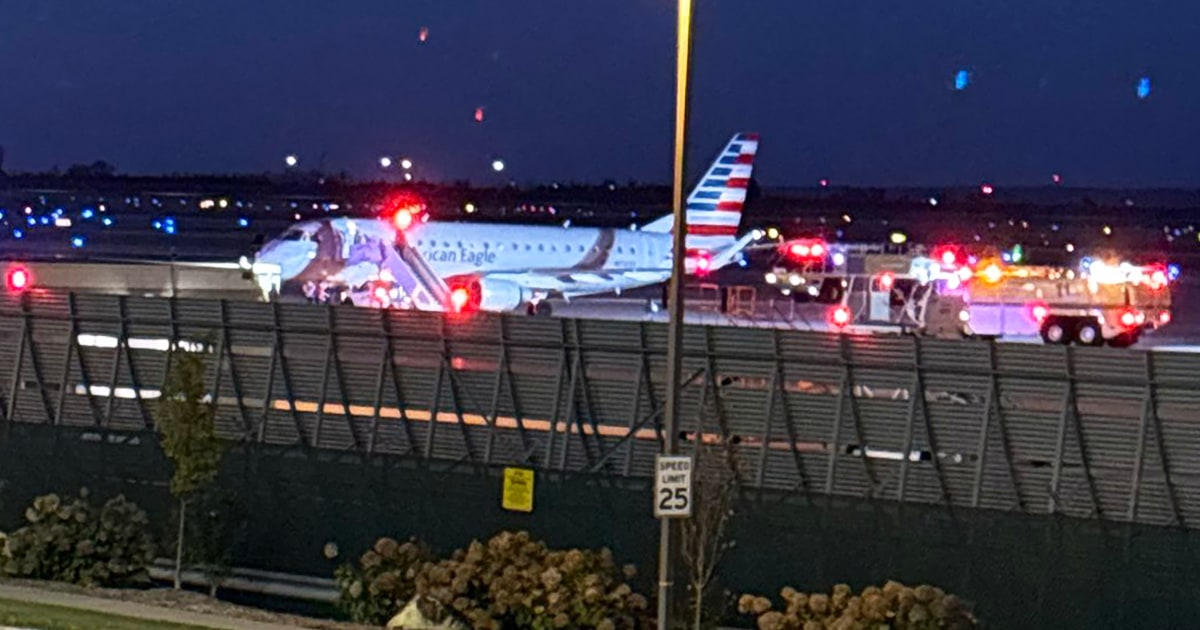Flights from Omaha Make Emergency Landings Following Communication Issues and Cockpit Door Knocking
Three flights departing Omaha's Eppley Airfield made emergency landings shortly after takeoff due to inter-phone communication problems and knocking on the cockpit door, with authorities confirming no security incident.
Overview
- Three separate flights departing from Omaha's Eppley Airfield, all bound for Los Angeles, were forced to make emergency landings shortly after takeoff.
- The primary reasons cited for these emergency landings included significant communication issues with flight attendants and unexplained knocking on the cockpit door.
- The FAA reported a specific problem with the inter-phone system, which hindered effective communication between the flight crew and cabin staff.
- One of the incidents involved an American Airlines flight, operated by SkyWest Airlines, where the crew also reported knocking on the cockpit door due to communication failures.
- Omaha's airport authority and Eppley Airfield confirmed that despite the alarming circumstances, no security incident occurred during any of the emergency landings.
Report issue

Read both sides in 5 minutes each day
Analysis
Center-leaning sources neutrally cover the emergency landing, focusing on factual reporting of the incident. They present details like flight information, FAA statements, and the captain's announcement without employing loaded language or selective emphasis, ensuring a straightforward account of the communication issue and safe resolution.
Articles (3)
Center (1)
FAQ
The inter-phone system, also known as the intercom, allows communication between the cockpit, cabin crew, and sometimes maintenance personnel in flight. It is critical for safety as it ensures the flight crew can coordinate with cabin crew in emergencies, relay important information, and manage onboard issues. Failure of this system can delay response to in-flight problems and affect crew situational awareness.
When communication with cabin crew is lost, pilots are trained to divert to the nearest suitable airport, as loss of crew coordination is a serious safety issue. In cases of unexplained knocking, crews follow strict protocols—including locking the cockpit door, assessing the situation via any available means, and requesting emergency landings if necessary. Authorities such as air traffic control are notified, and, upon landing, law enforcement may inspect the plane to rule out threats.
While the article does not specify, typical airline procedures involve providing passengers with information, alternative flight arrangements, and, if needed, accommodations or compensation. The aircraft may be inspected or repaired before returning to service. Details such as rebooking, hotels, or meals would depend on the airline's customer service policies and the nature of the disruption.
The article indicates the FAA reported a specific inter-phone system problem affecting communication. While it does not confirm a systemic issue across the fleet, any aircraft experiencing such failures would be subject to inspection and maintenance before returning to service. Airlines typically coordinate with both internal maintenance teams and the FAA for repairs and to prevent recurrence.
Eppley Airfield, like all U.S. airports, follows FAA regulations for aircraft maintenance and crew training. The airport authority would likely review the incident with airlines and the FAA, implement any recommended procedural updates, and ensure that emergency response protocols are robust. The public is not typically informed of specific internal enhancements, but airport and airline safety improvements are continuous and responsive to incident reviews.
History
- This story does not have any previous versions.


